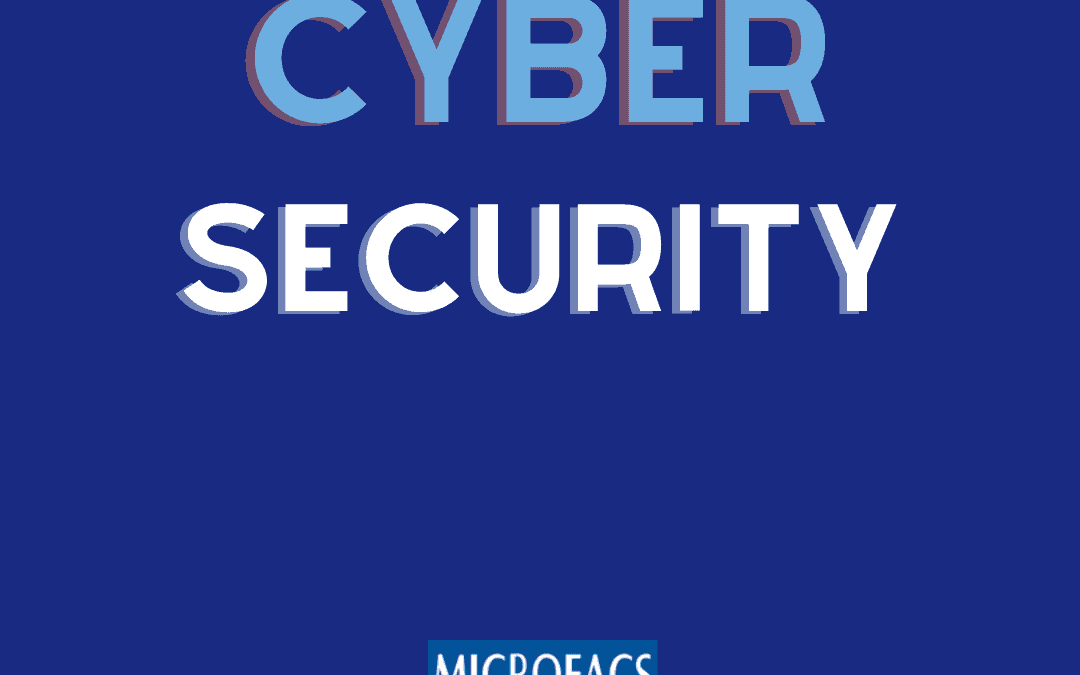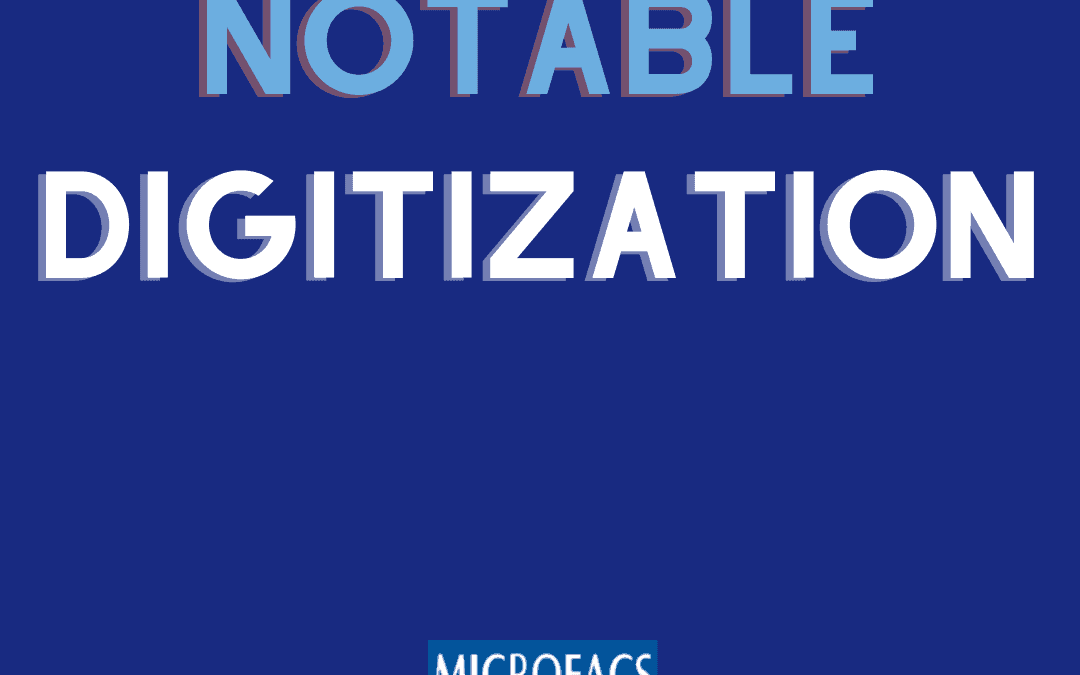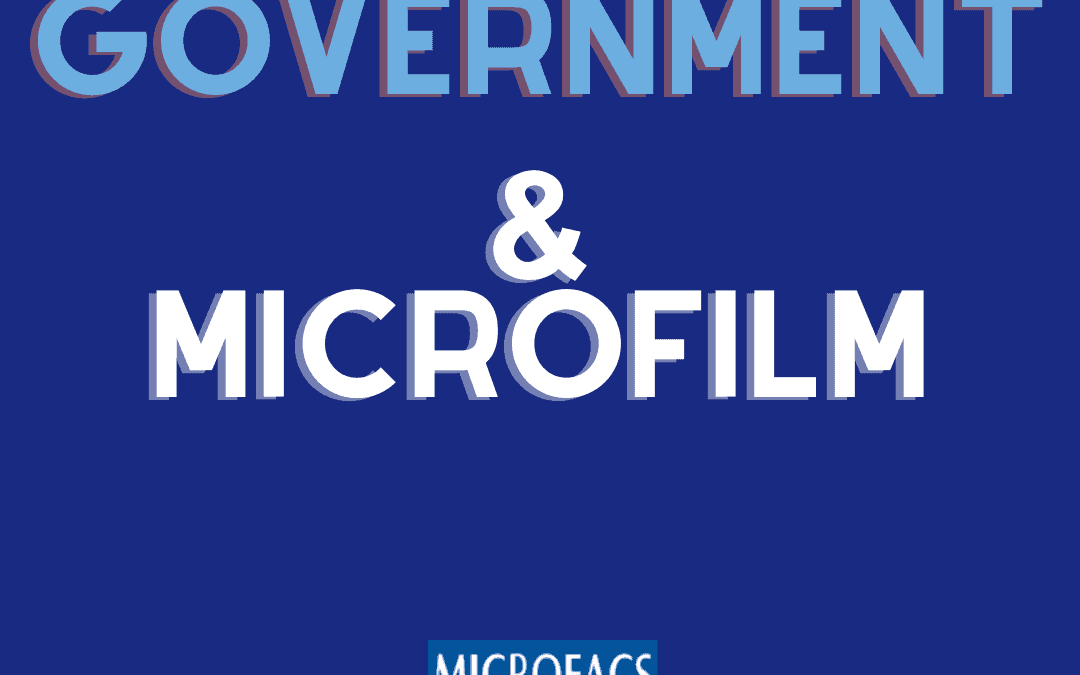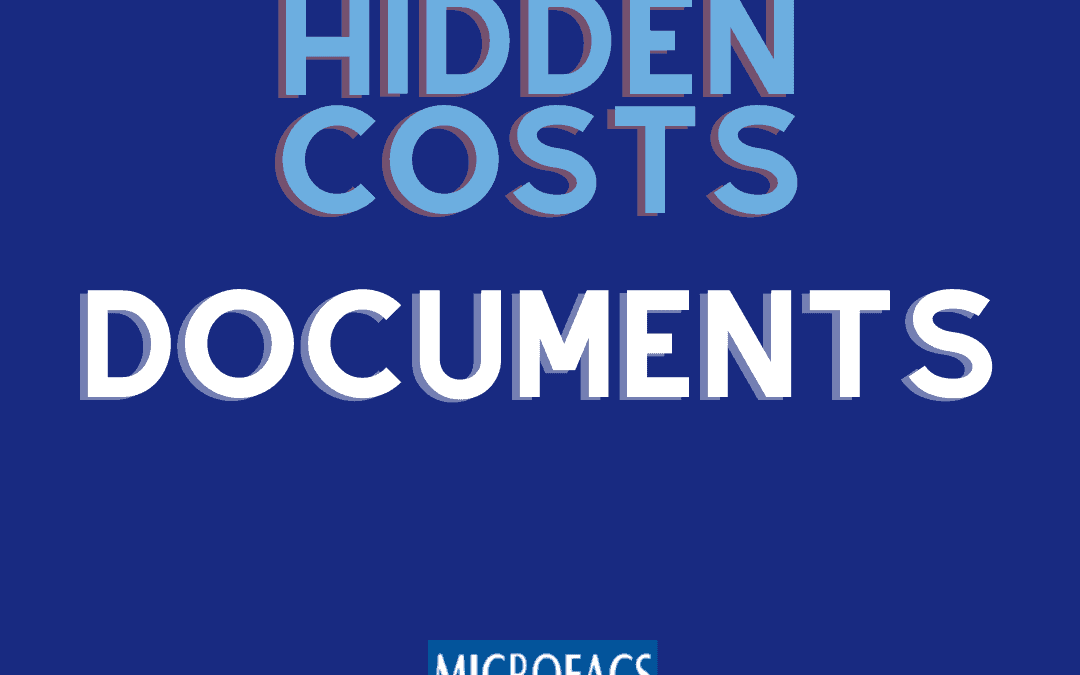
by Microfacs | Aug 6, 2017 | Documentation
Two recent global cyber attacks demonstrate how vulnerable businesses and government organizations are to data breaches. On May 2017 a ransomware attack called WannaCry struck hundreds of business, government and personal pcs world wide. In June 2017 another cyber...

by Microfacs | May 10, 2017 | Documentation
There are a number of major digitizing projects worldwide, where the end result could make a vast amount of historical data, art objects and scientific documents accessible to all on the internet. In addition to making the data accessible, digitization will preserve...
by Microfacs | Mar 7, 2017 | Documentation
Technologies such as the internet and enabling devices including mobile phones, tablets, desktops and the millions of programs and apps that are available to anyone at the touch of a finger has dramatically impacted just about every industry and organization. This is...

by Microfacs | Feb 5, 2017 | Documentation
Counties and other Government agencies that handle public records either have, or are in the process of going digital. That is they are taking physical documents such as microfilm, microfiche or aperture cards and converting them to digital formats such as image...
by Microfacs | Jan 3, 2017 | Documentation
Will all paper documentation eventually succumb to the digital age? After all, digital is more convenient, easier to preserve and store than paper. Books are perhaps one of the most popular and notable types of paper documentation that could become extinct in...

by Microfacs | Dec 11, 2016 | Documentation
Most companies rely on some sort of document manage system that is vital to its business processes. This is true from law firms to manufacturing companies: and for these entities, documentation management is really not part of their core competencies, so most...
by Microfacs | Dec 1, 2016 | Documentation
Perhaps one of the more significant breakthroughs in manufacturing was the adaption of lean principles. Many companies have applied these principles to reduce cost and improve cycle time. Lean thinking is the process of identifying and eliminating waste in a...
by Microfacs | Sep 2, 2016 | Documentation
Most people have heard of the “cloud” but many are not really sure what it is. The name gives more mystery than it actually deserves. The cloud is just a bunch of servers. These servers can have different functions, for example most new software packages such as...
by Microfacs | Aug 2, 2016 | Documentation
Among the many activities and responsibilities that labor unions oversee, accurate record keeping and secure document storage is vital. Not surprisingly, many labor unions are digitizing physical records to increase the efficiency and reliability of their system....
by Microfacs | Jul 19, 2016 | Documentation
Ransomware is a type of computer virus that makes a system inoperable while the perpetrators offer to remove the virus for a fee. The FBI cyber division has issued warnings stating that the occurrence of this type of intrusion increased significantly in 2015 and is...
by Microfacs | Jun 15, 2016 | Documentation
Getting your data in digital format can help manage and store documents more efficiently, but there could be more risks. Any data that is on a computer with internet access is vulnerable to hacking. Many cases, it is desirable to have the information on the cloud...
by Microfacs | May 2, 2016 | Documentation
It is a good idea for any business or organization to go through a contingency planning exercise. This is where all the credible potential risks are identified and some sort of mitigation is put in place. This could be as simple as adding a procedure or something...
by Microfacs | Apr 1, 2016 | Uncategorized
Digitizing your records can be a great boon to productivity and preservation of your data. Once documents are digitized they can be stored, accessed, searched electronically and save thousands of hours of data management. There are downsides to consider. There are...
by Microfacs | Feb 28, 2016 | Documentation
Many of Microfacs’ services revolve around digitizing. Digitizing is taking a physical medium such as a document or microfilm and converting that into a digital format that can be displayed, stored and edited on a computer. The digitizing process starts with...
by Microfacs | Feb 2, 2016 | Documentation
Digital conversion is the process of scanning physical mediums into digital formats. Something is considered digital if it is electronic and can be stored and viewed on a computer. The most common digital formats for conversion are TIFF, PDF and JPEG. Most people...
by Microfacs | Jan 12, 2016 | Documentation
Optical Character Recognition (OCR) is the technology of analyzing image elements (pixels) and converting them to a text code such as ASCII (numbers). The advantages of OCR are significant since computers can store a digital image as a pattern of pixels, but cannot...
by Microfacs | Nov 20, 2015 | Documentation
John Benjamin Dancer has been credited as the first inventor of microfilm in 1839. The first patent for microfilm was granted to a French optician, Rene Dagron, in 1859 where the first practical use of microfilm was espionage. The first commercial use of microfilm...
by Microfacs | Oct 17, 2015 | Documentation
Microfilm, microfiche and aperture cards are all mediums for storage and retrieval of specifications and documents. They are similar in that they all use 16mm or 35mm microfilm. The film consists of an emulsion embedded on a substrate of cellulose or plastic. The...
by Microfacs | Sep 21, 2015 | Documentation
The Declaration of Independence was written on parchment. Parchment is writing material made from animal skin. The process to make parchment is quite involved; however, relative to paper or hemp, it is very durable. Parchment documents have been known to survive...





